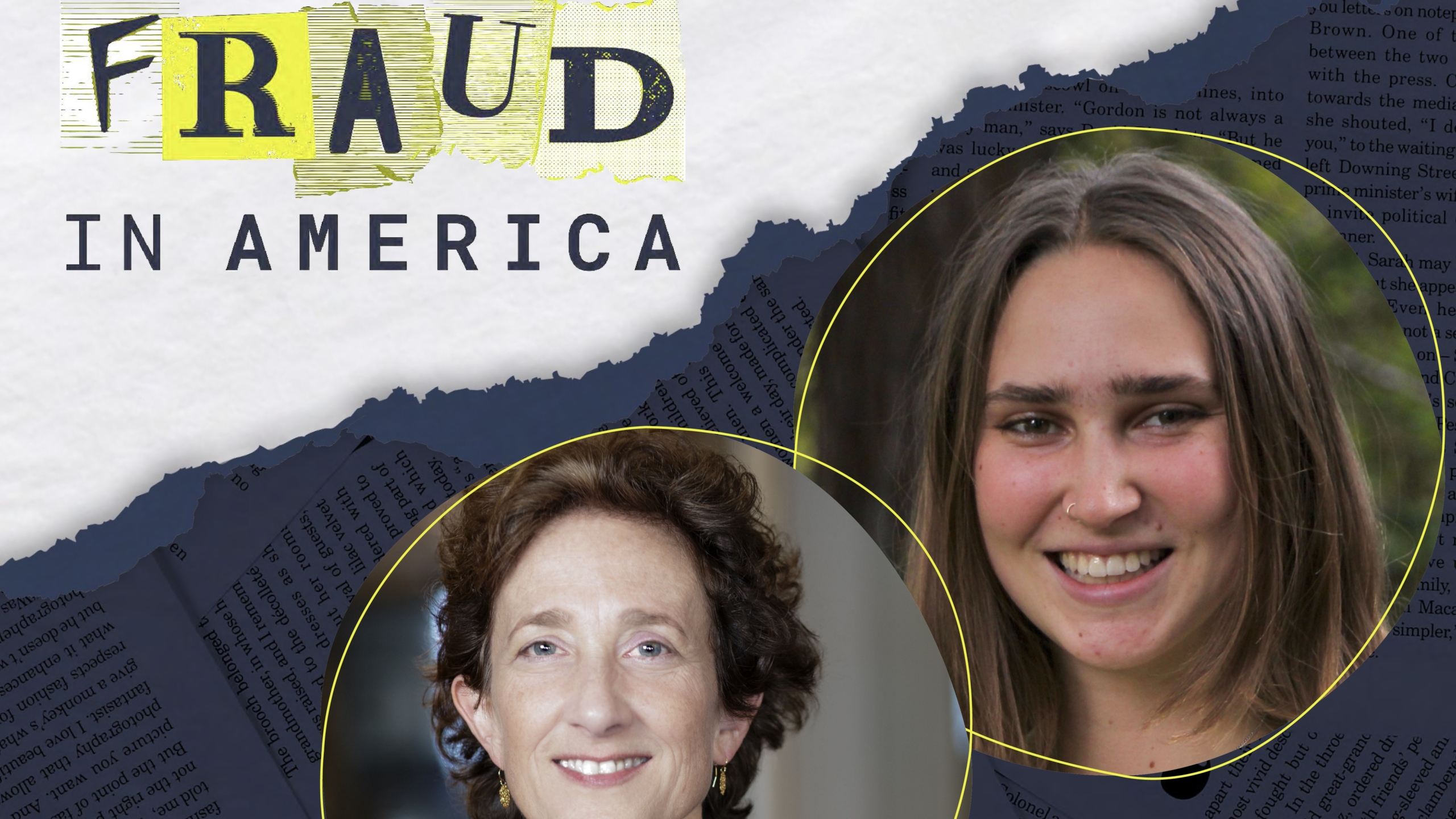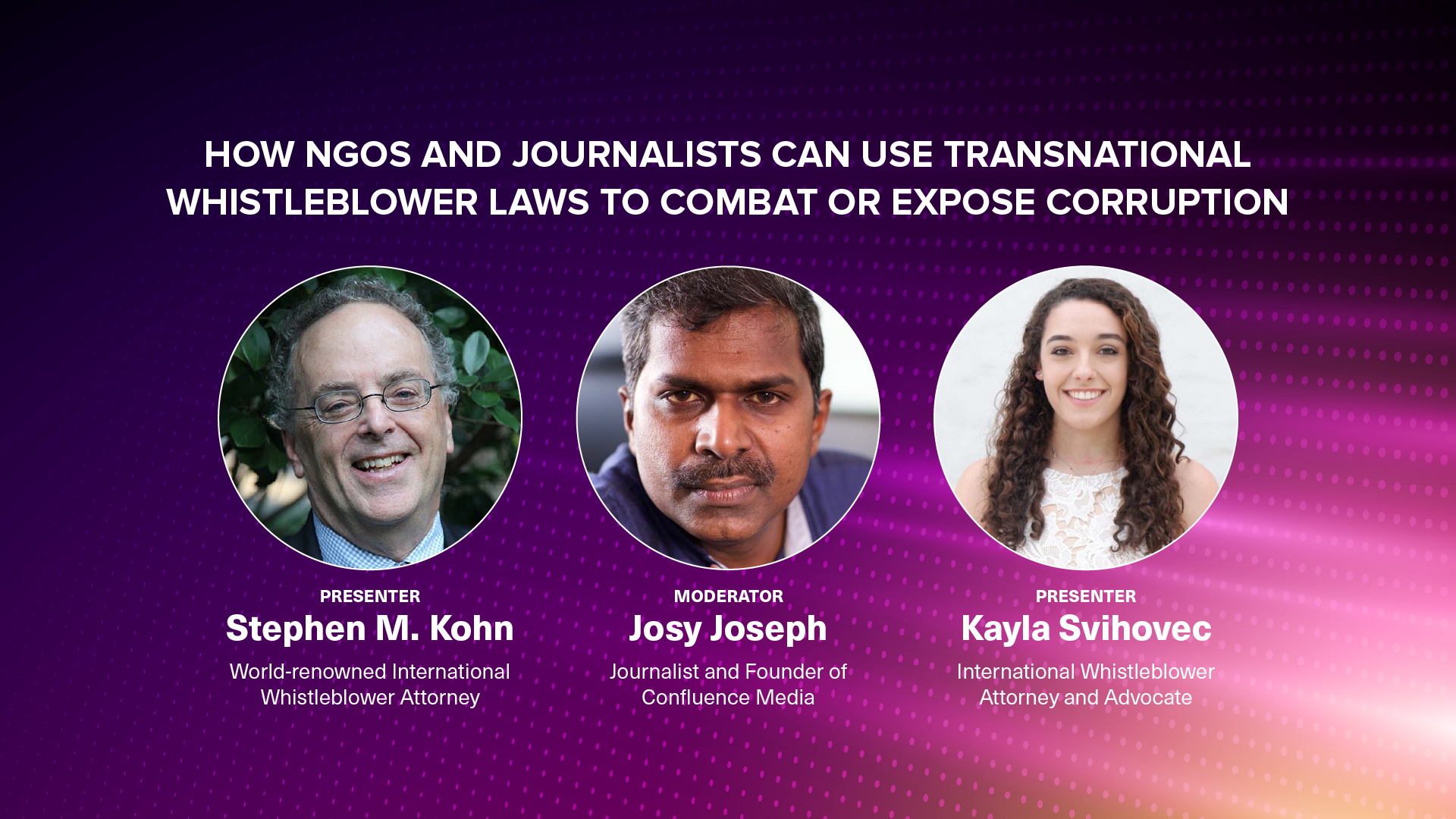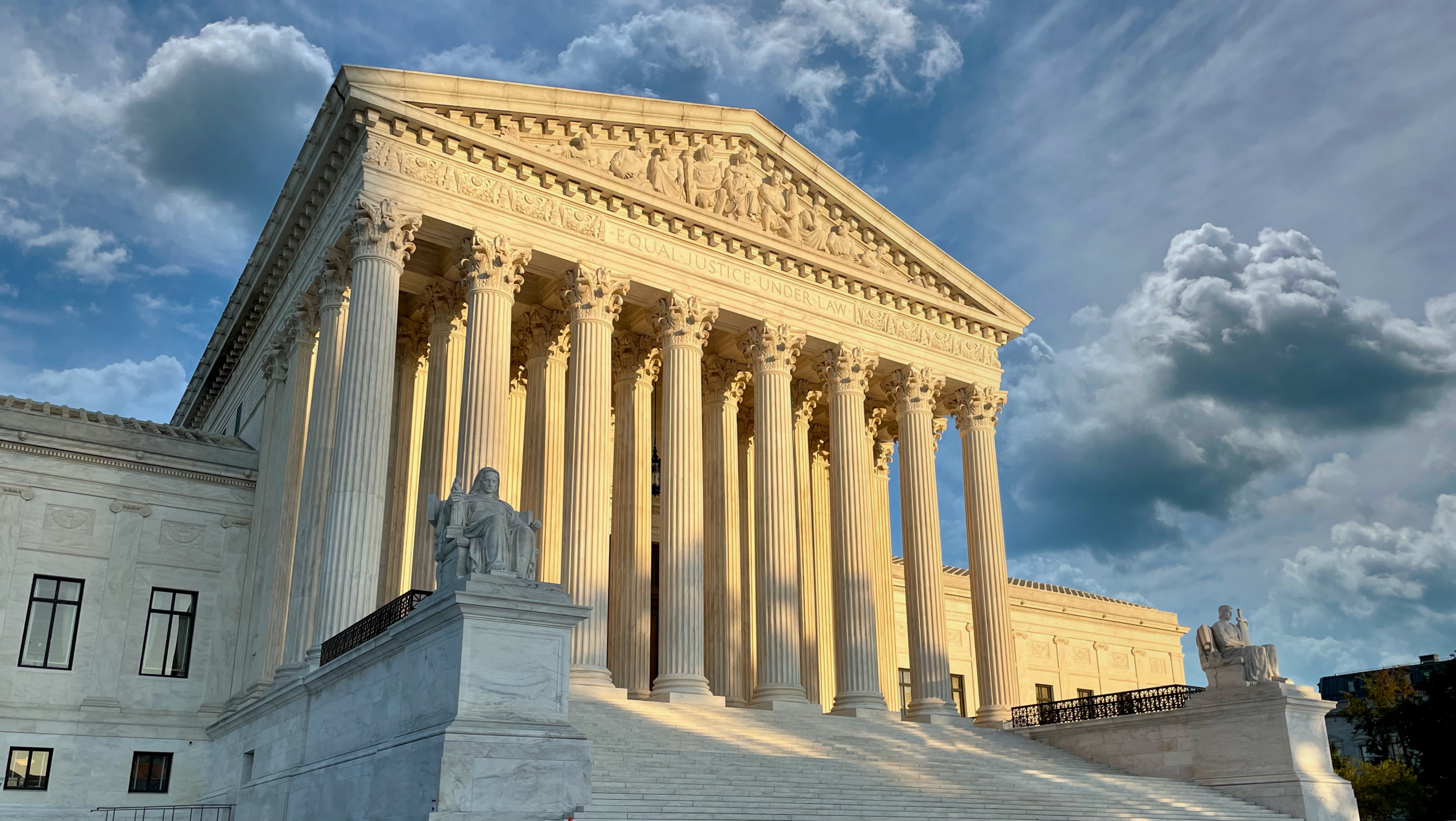Second Circuit Reverses Dismissal of Wells Fargo Financial Crisis Bailout False Claims Act Case

A False Claims Act (FCA) qui tam case seeking to potentially recover billions in public funds fraudulently provided to Wells Fargo and its subsidiaries during the height of the 2008 financial crisis was once again revived last week by the Second Circuit. The ruling is a massive win for the FCA qui tam relators as the Second Circuit reversed the dismissal of the complaint despite arguments from the United States Government itself that the allegations in the complaint should not constitute FCA violations.
Whistleblowers Paul Bishop and Robert Kraus, who are both former employees of Wells Fargo entities, filed the qui tam lawsuit in 2011. The lawsuit alleges that Wells Fargo and its subsidiary Wachovia submitted false requests to Federal Reserve Banks for billions of dollars in emergency loans with highly favorable interest rates in late 2008 and early 2009. The complaint alleges that prior to 2008 Wachovia had “originated and securitized low-quality real estate loans and, to avoid financing these loans with the required amount of equity capital, cooked their books improperly hiding certain assets in off-balance-sheet entities and classifying them as trading assets or assets held for sale.” Such conduct throughout the subprime mortgage industry directly led to the collapse of the real estate market and started the “Great Recession.” However, the focus of the FCA lawsuit is not on that corrupt behavior but instead on Wachovia’s and Wells Fargo’s fraudulent securement of hundreds of billions in federal bailouts to avoid the financial ruin that those actions wrought.
As Wachovia’s financial wellbeing came crumbling to the ground in 2008, it sought a lifeline from emergency lending programs set up by the government through the Federal Reserve Banks (“FRBs”). There are 12 regional FRBs in the United States which serve the Federal Reserve System through Congressionally delegated authority but are not themselves formally a part of any government agency. In two weeks in October 2008, Wachovia borrowed at least $65 billion from these programs. After Wachovia merged with Wells Fargo in December 2008, Wells Fargo then borrowed at least $45 billion more in emergency loans from the FRBs in early 2009. All these loans carried extremely low interest rates, including some as low as 0.25%. The crux of the FCA complaint is that Wachovia and Wells Fargo “were inadequately capitalized and in poor financial condition” and they “falsely certified their compliance with the material legal requirements of the [emergency lending] programs.” Thus, they were not “eligible for loans at these highly favorable interest rates.” As a result of these false certifications, the loan requests were allegedly “false claims” under the FCA.
The FCA requires a claim be “presented to an officer, employee, or agent of the United States,” or that if the claim is presented any anyone else that “the United States Government provides . . . any portion of the money . . . requested.” Defendants here argued, and the district court agreed, that the loan requests to the FBRs were not actually “claims” under this definition because (1) since the FBRs are not a formal part of a government agency, the personnel who received the requests were not “officer[s], employee[s], or agent[s] of the United States”; and (2) the funds provided in the emergency loans did not come directly from the United States Treasury.
On appeal, however, the Second Circuit soundly rejected these conclusions. The Second Circuit held that when operating the emergency loan programs, the FRB employees were acting as “agents of the United States,” and the United States was “providing” the funds for the loans. The Court noted “the text of the FCA is capacious” and the Supreme Court has confirmed, “the objective of Congress was broadly to protect the funds and property of the government from fraudulent claims, regardless of the particular form or function, of the government instrumentality upon which such claims were made.”
First, the Second Circuit’s opinion held that despite the fact that FRBs are not a “part of any executive department or agency,” but were instead set up by Congress to “serve the interests of, but stand apart from, the sovereign,” the FRBs and their employees still acted as “agents of the United States” because “the United States created the FRBs to act on its behalf in extending emergency credit to the banks; the FRBs extend such credit; and the FRBs do so in compliance with the strictures enacted by Congress and the regulations promulgated by the [Federal Reserve] Board, an independent agency within the executive branch.” The Second Circuit further found persuasive the absolute control the United States exercises over the emergency lending programs, as Congress ultimately has the power to adjust or revoke the FRBs ability to provide the loans at any time and the Federal Reserve Board, not the FRBs, determine the interest rates of the emergency loans and can promulgate new rules governing the loans. Importantly, the Second Circuit found all arguments advanced directly by the FRBs and United States government via amici briefs that the FRBs were not “agents of the United States” to be unpersuasive. In summation, the Second Circuit explained:
[G]iven the purpose of the FCA, we see no reason to depart from the plain meaning of the phrase “agent of the United States” here. One need only put the instant allegations into context to see why. As discussed further herein, this case involves the creation and lending of tens of billions of dollars. In the best of times, few if any entities can borrow such sums even with advance notice and planning. Yet defendants were able to secure these amounts on short notice during a period when private financing markets were all-but-frozen. Defendants’ alleged underpayment of interest reduced FRB earnings, which dollar for dollar reduced the sums the FRBs transferred to the Treasury. Fraud during a national emergency against entities established by the government to address that emergency by lending or spending billions of dollars is precisely the sort of fraud that Congress meant to deter when it enacted the FCA.
The Second Court also separately held that the loan requests qualified as claims under the FCA “because the United States ‘provides’ the money ‘requested’ by borrowers from the [Federal Reserve’s] emergency lending [programs] and the money requested is to be spent to advance a government program or interest.” The opinion succinctly walks through the complicated process from which the emergency loan funds are derived and concludes that the FRBs “do not lend out preexisting funds; they create ‘funds’ in the most elemental sense” and “[t]hey perform this function on behalf of the United States, as federal instrumentalities.” The Second Circuit further concludes that through congressional authorization for the Federal Reserve System and the emergency lending programs, “the United States is the source of the purchasing power conferred on the banks when they borrow from the [] emergency lending [programs].” Finally, since “Congress has provided that the net earnings of the FRBs be ‘recorded as revenue by the Department of the Treasury,’” and “the FRBs are required to remit all their excess earning to the United States Treasury” then any “failure to pay the applicable amount of interest on a loan from an FRB injures the public fisc,” as that interest would necessarily have gone directly into the Treasury.
The Second Circuit’s opinion is extremely important, not only for the qui tam relators in this particular case who have already had to endure numerous rounds of dismissals and appeals, but also for FCA qui tam relators in general who seek to hold companies accountable for fraudulent practices using the FCA. At a time when its seems the government is often trying to make it more difficult for qui tam cases to survive (including in this case where the government directly argued against FCA liability attaching to the FRB emergency loan requests), the Second Circuit has affirmed that “the objective of Congress was broadly to protect the funds and property of the government from fraudulent claims, regardless of the particular form or function, of the government instrumentality upon which such claims were made.”
Lastly, it is important to point out that while the Second Circuit could have simply relied on either provision of the FCA claim definition (i.e., “agent of the United States” or United States “provides” the fund) to reverse the district court in this case, as each standing alone would have warranted a reversal of the complaint’s dismissal, it chose to formally reach both holdings, potentially providing important precedent on each provision moving forward.
The Second Circuit’s rejection of this narrow and abridged interpretation of the FCA advanced by defendants and amici is a significant victory for qui tam whistleblowers. It ensures, at least, in this case, that the FCA is interpreted correctly to achieve its underlying purpose, holding fraudsters accountable and recovering fraudulently obtained government funds to the taxpayers.
Additonal Resources:




